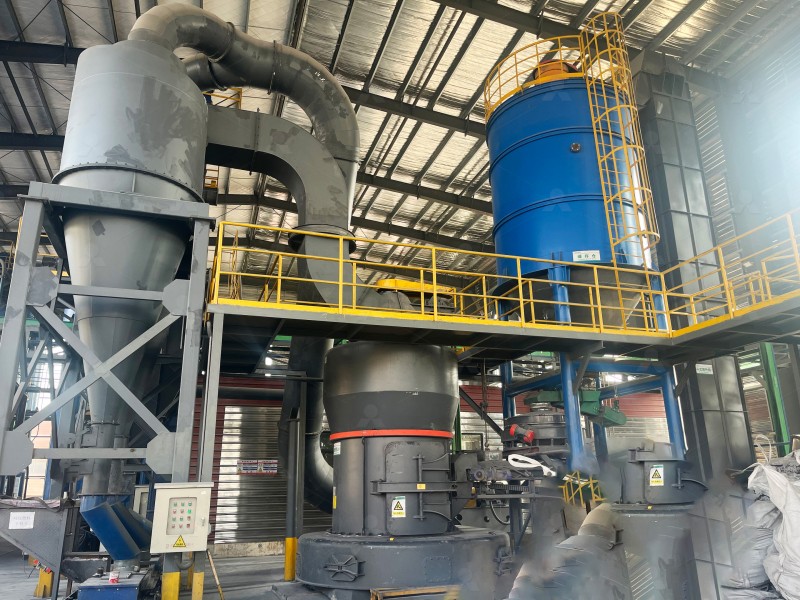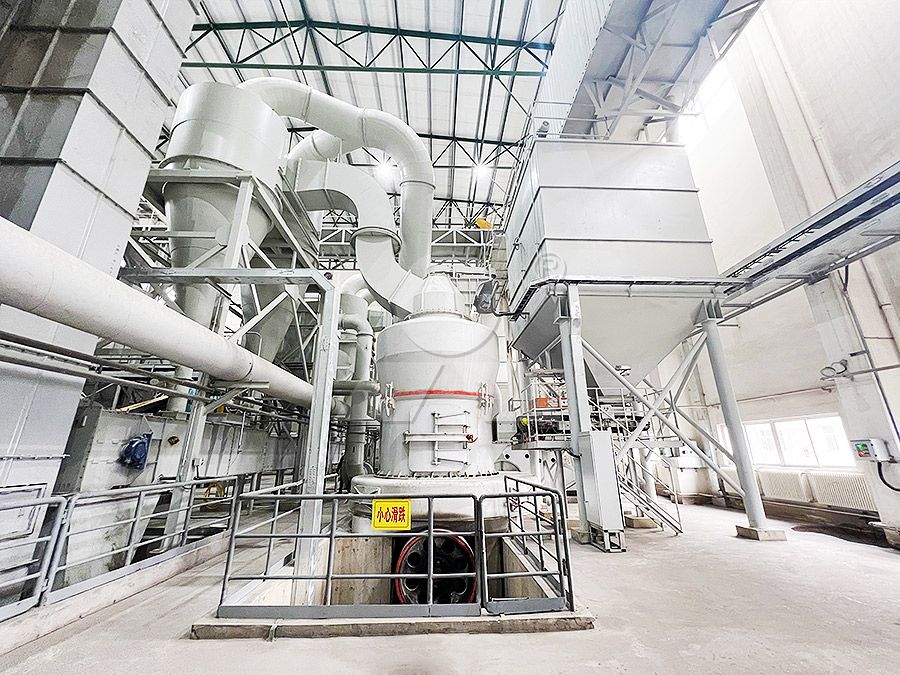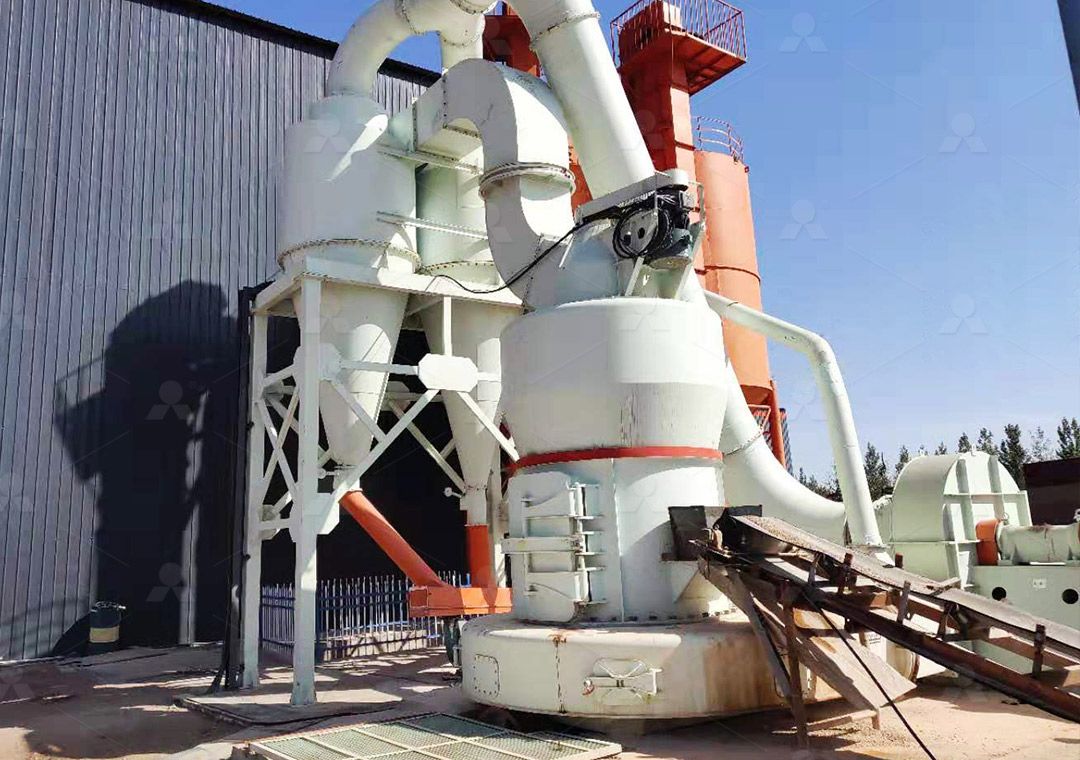5R Raymond Mill for 1800 Mesh Powder Production
Unlocking Ultra-Fine Powder Production: The 5R Raymond Mill Advantage
In the competitive world of mineral processing and powder production, achieving consistent 1800 mesh fineness represents a significant technological challenge. While traditional grinding equipment often struggles with such precise specifications, the 5R Raymond Mill has emerged as a reliable workhorse for this demanding application. With its robust construction and refined grinding mechanism, this mill delivers the performance needed for high-value powder production across numerous industries.

The 5R designation refers to the configuration featuring five grinding rollers, which substantially increases the grinding area and pressure compared to smaller models. This enhanced mechanical advantage translates directly to finer output and higher throughput capacity. The mill’s grinding ring diameter typically measures 1500mm, with rollers of proportional size, creating the necessary surface area and pressure to reduce materials to the coveted 1800 mesh specification.
Technical Superiority in Fine Powder Processing
What sets the 5R Raymond Mill apart in 1800 mesh production is its balanced approach to grinding mechanics and airflow separation. The centrifugal force generated by the rotating grinding ring forces materials between the rollers and grinding ring, where they’re crushed and ground. The integrated classifier then precisely separates particles, ensuring only properly sized material proceeds to collection while oversize particles recycle for further grinding.
This continuous grinding-classification cycle creates an efficient production system capable of maintaining tight particle distribution. For operations requiring even finer specifications or specialized applications, we recommend considering our MW Ultrafine Grinding Mill, which offers adjustable fineness between 325-2500 meshes—significantly surpassing the capabilities of standard Raymond mills. The MW series achieves this through German cage-type powder selector technology that provides exceptional separation precision.

Applications and Material Compatibility
The 5R Raymond Mill demonstrates remarkable versatility across numerous materials, including limestone, calcite, dolomite, barite, talc, and gypsum. Its consistent performance at 1800 mesh makes it particularly valuable for high-value sectors such as paints and coatings, plastics, rubber, and advanced ceramics where precise particle size directly impacts product performance.
For operations processing softer materials or requiring extreme fineness beyond 2000 mesh, our LUM Ultrafine Vertical Grinding Mill presents an excellent alternative. Integrating ultrafine powder grinding, grading and transporting in a single system, the LUM series employs the latest grinding roller technology and German powder separating technology for exceptional performance in the most demanding ultrafine applications.
Operational Efficiency and Economic Benefits
Beyond its technical capabilities, the 5R Raymond Mill offers compelling economic advantages. Its design prioritizes energy efficiency, with optimized airflow reducing fan power consumption. The robust construction minimizes maintenance requirements, while the accessible design simplifies routine service and parts replacement. These factors combine to deliver lower total cost of ownership compared to many alternative fine grinding technologies.

The mill’s environmental performance further enhances its operational value. Modern 5R Raymond Mills incorporate efficient pulse dust collection systems that effectively control emissions, ensuring compliance with increasingly stringent environmental regulations. This makes the technology suitable for installation in diverse locations without creating dust pollution concerns.
Frequently Asked Questions
What is the typical production capacity of a 5R Raymond Mill for 1800 mesh powder?
Production capacity varies based on material characteristics, but generally ranges between 1-3 tons per hour for 1800 mesh output. Harder materials and higher moisture content typically reduce throughput.
How does the 5R Raymond Mill compare to ball mills for fine powder production?
The 5R Raymond Mill offers significantly higher energy efficiency for fine grinding applications, typically consuming 30-40% less power than ball mills producing similar fineness. It also requires less floor space and offers quicker particle size adjustment.
What maintenance requirements should operators anticipate?
Key maintenance focuses on grinding roller and ring replacement, typically required after 800-1,200 operating hours depending on material abrasiveness. Regular lubrication and classifier inspection are also essential for optimal performance.
Can the mill handle materials with higher moisture content?
While the basic 5R Raymond Mill can accommodate materials with up to 6% moisture, integrating heating air intake systems allows processing of materials with up to 15% moisture content without compromising performance.
What particle size distribution can be expected at 1800 mesh?
Properly configured and operated, the mill can achieve d97≤5μm, with tight particle distribution that meets most industrial specifications for ultra-fine powders.
